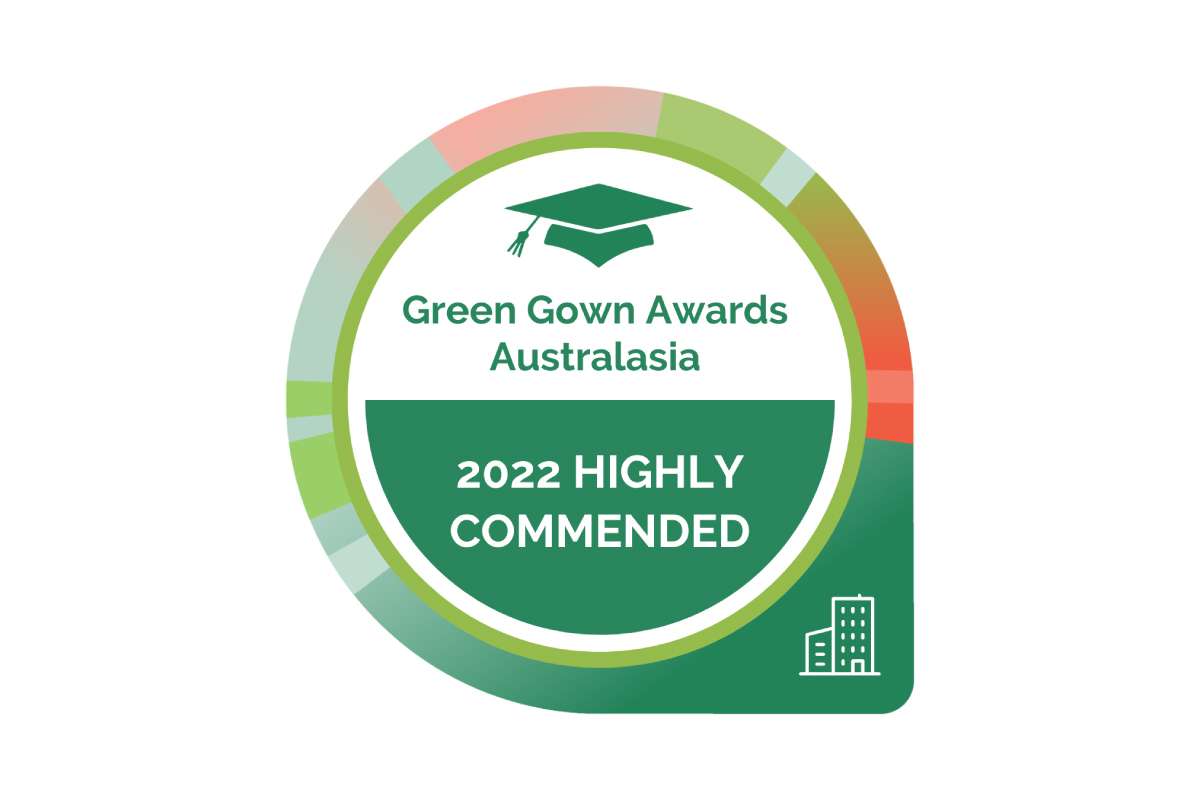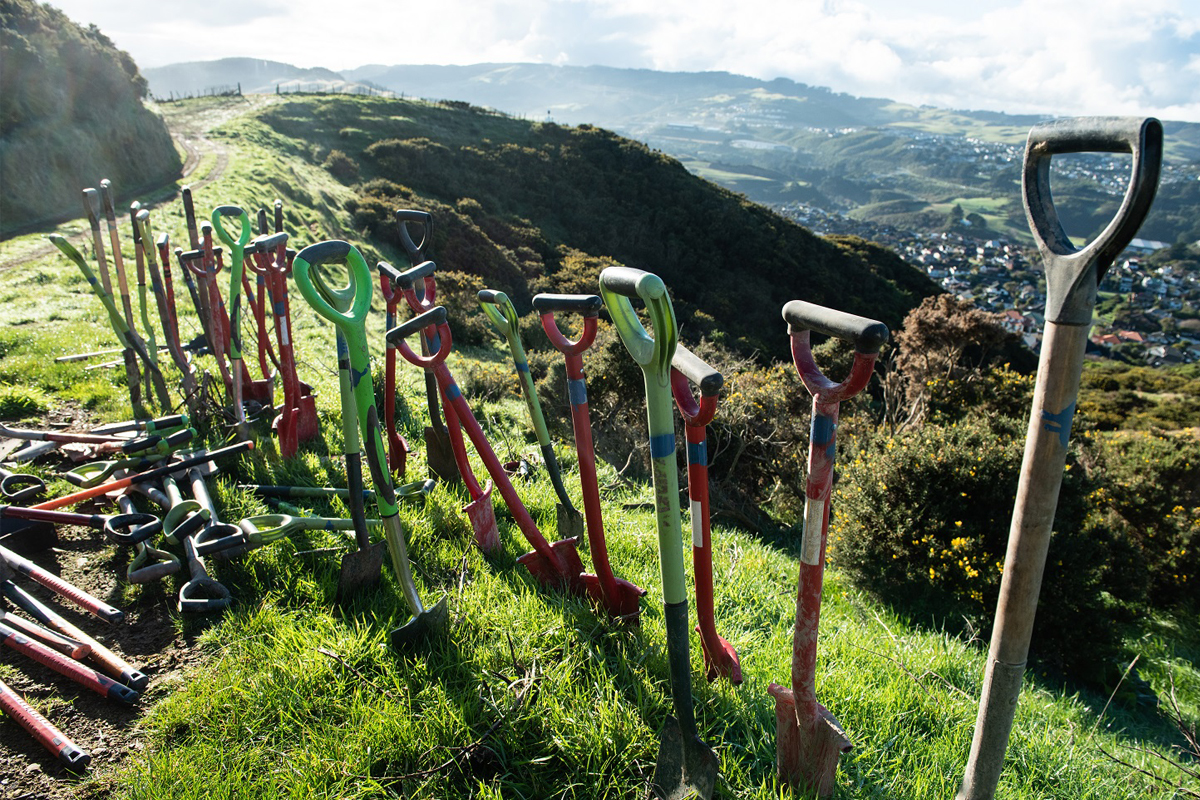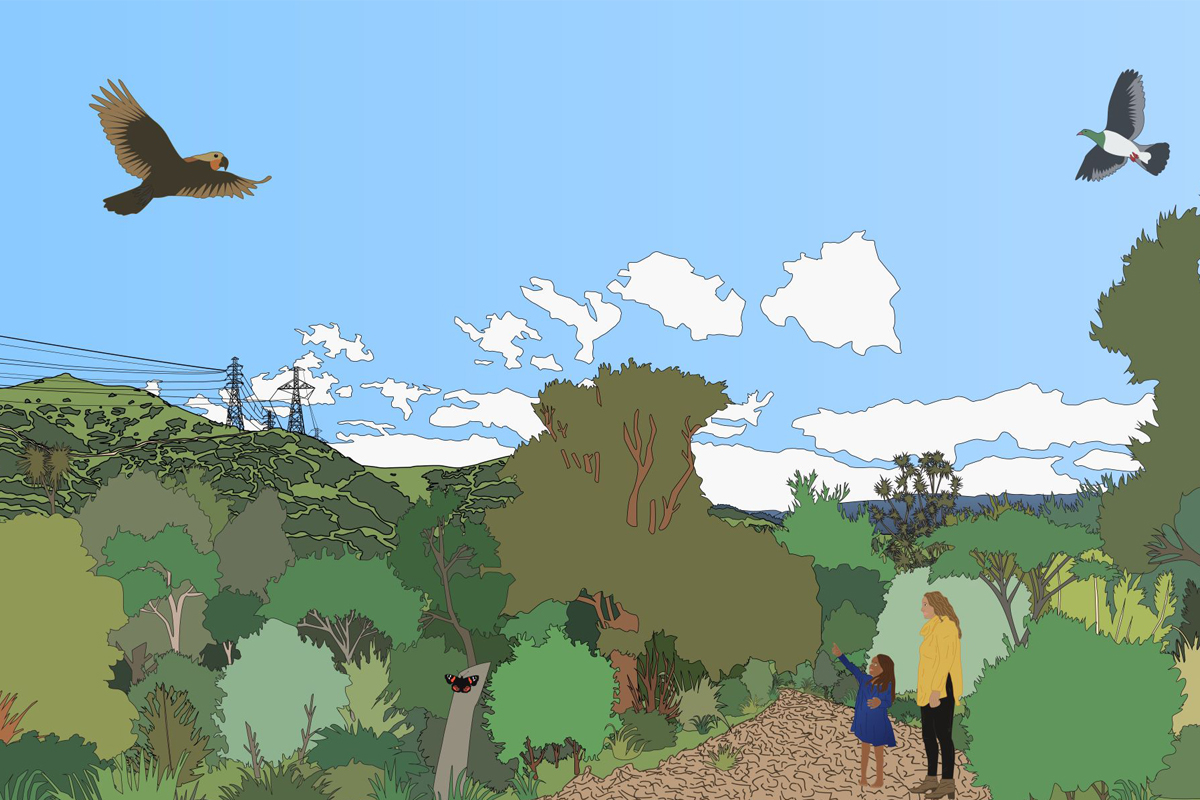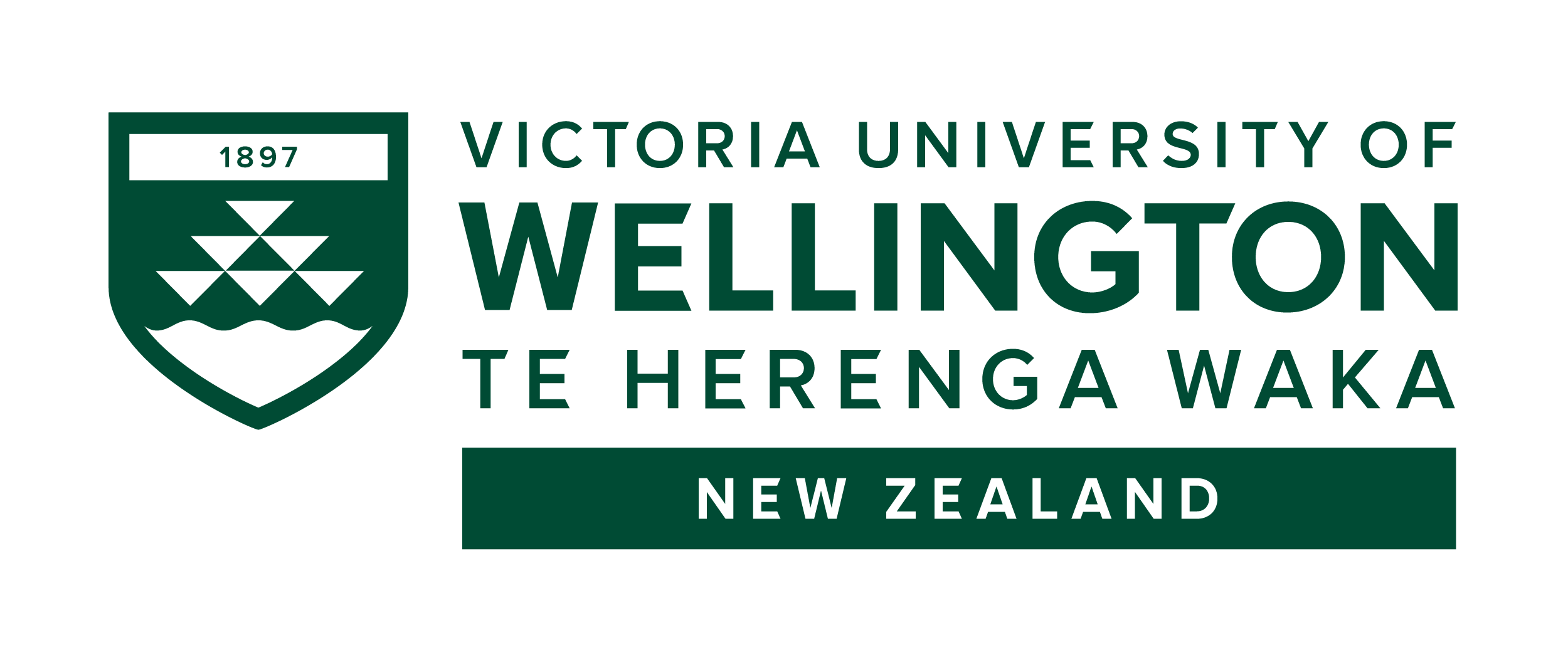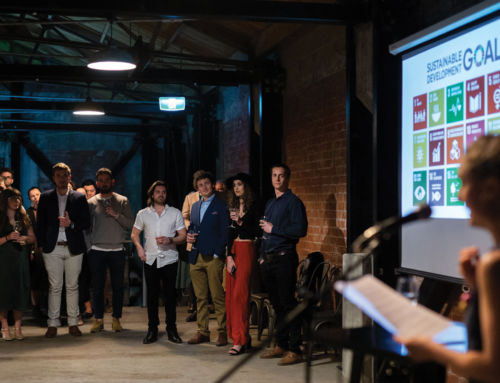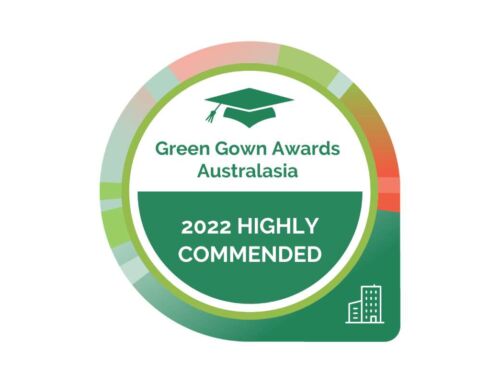
Growing our Future
Te Herenga Waka – Victoria University of Wellington has partnered with Wellington City Council to reforest an 11-hectare block of land in the Outer Green Belt of Wellington. The project – ‘Growing Our Future’ is enhancing the biodiversity of the city; strengthening the connection between the University and the city; providing volunteer opportunities for staff, students and alumni; generating applied teaching and research opportunities; and sequestering carbon.
The University has urban campuses with limited opportunities for extensive biodiversity restoration. The City Council had recently acquired the block of land but lacked the resources to actively regenerate the native forest cover. The partnership formalised the collaboration and the carbon credit sharing through a 33-year peppercorn lease, where the University got access to the land and took on responsibility for managing the forest restoration.
The project is delivering environmental benefits while bringing the University community together and forming closer ties with the city.
> The initiative
Te Herenga Waka – Victoria University of Wellington has partnered with Wellington City Council to reforest an 11-hectare block of land in the Outer Green Belt of Wellington. The project – ‘Growing Our Future’ is enhancing the biodiversity of the city; strengthening the connection between the University and the city; providing volunteer opportunities for staff, students and alumni; generating applied teaching and research opportunities; and sequestering carbon.
The project is part of the University’s Zero Carbon Plan – a strategic initiative to achieve net zero emissions by 2030. The University, which has urban campuses and no available land, leased the block from the City Council for $1/yr over a 33-year term. The University is funding and managing the restoration activities. Any carbon credits generated are shared evenly between the University and the City Council. This marks the first time in New Zealand that public land has been entered into a carbon credit sharing arrangement.
The block of land was previously gorse-covered pasture and was recently acquired by the Council to add to the Outer Green Belt. The Council does not have the resourcing to actively re-establish the native forest cover, so without partnering with the University the land would have been left as pasture.
The project builds off a long history of collaboration for forest restoration. Prior to the ‘Growing our Future’ project, the University and Council had jointly organised an annual tree planting day on Council land over a period of eight years. ‘Growing our Future’ is a significantly larger endeavour – a much larger area, more volunteer opportunities and greater site management responsibilities for the University.
In July 2021 the first volunteer planting event occurred, launched by the Vice-Chancellor and a City Councillor. 200 staff, student and alumni volunteers planted 2,400 trees over three days. The next volunteer event will take place this July (2022). In total, the project will plant 11,400 trees and support natural regeneration through the gorse in large areas of the site.
The University’s Centre for Biodiversity and Restoration Ecology have been key stakeholders in undertaking research at the site, including measuring site characteristics, assessing growth rates and investingating the effectiveness of manuka and kanauka as nursery crops, as well as communication to the public about the project. This has provided academic opportunities for staff and students through both coursework and summer scholarships.
> Environmental and social benefits
In addition to the carbon sequestration, the restoration of the native forest cover will enhance the biodiversity of the region, and the ecosystem services it delivers. The site is filling a gap in the corridor of protected land along the Ohariu Ridge, which will better enable the movement of native fauna.
The site will also allow for the extension of the Skyline track – a highly used walkway stretching along most of the Outer Green Belt – to increase the recreational benefits of the site and provide much easier access to the track for the neighbouring suburb.
The majority of the planting will be undertaken by volunteers drawn from the wider University community. These planting events are an informal, fun mechanism for building collegiality across the University and with our alumni.
The University does not have large grounds, so the site is providing an easily accessible academic resource for the staff and students of the Centre of Biodiversity and Restoration Ecology.
> Leadership and engagement
While there are plenty of examples of ‘corporate tree planting’ days amongst other organisations, this project goes well beyond that in both the scale of the project and the level of responsibility that the University is taking in managing the restoration of the site. The long-term (33-year lease) relationship between the University and the City Council also indicates a deeper commitment than simply planting a few trees. That commitment is also reflected in the effort to build in multiple co-benefits into the project.
In New Zealand, it represents a legal first in leasing public-protected reserve land from a territorial authority for the purposes of restoration and the registration of carbon credits. This sets a precedent for other Councils around the country and paves the way for other parts of the country to follow suit.
> Significance to the sector
As an urban campus University, the ability to undertake large-scale biodiversity restoration and carbon sequestration on-campus are extremely limited. The partnership with the City Council to enable the project on public land is both unique, and has provided the opportunity for additional benefits through much greater community engagement and public usage of the site.
While contributing to community restoration projects is fairly common, the level of responsibility that the University is taking is quite unique. We are not simply sponsoring or providing volunteer labour – we are leading the whole project with a long-term commitment to the site.
> Wider societal impact
The volunteer planting events provide significant social benefits. The volunteers are drawn from all parts of the University community – from the Vice Chancellor to the undergraduate students to alumni who graduated many years ago. It brings these people together in a fun, informal setting, well outside their normal ‘day-jobs’ and fosters new or deeper relationships and community spirit. Getting to the site (it’s a bit of walk-in) and the act of planting supports the mental and physical well-being of the volunteers – both from the exercise and the benefits of connecting with nature.
As the forest cover gets established and the Skyline walking track extension goes through, the wider members of the public will be able to enjoy the recreational benefits of the site.
> Learner/Graduate employer impact
The students involved with the research on the site are gaining the opportunity to develop real-world conservation and communication skills. They also get the experience of working with the other organisations involved in the project to build up their network.
The students involved in a volunteer capacity can gain points towards the University’s extra-curricular leadership programmes and a sense of civic-mindedness.
Many of the staff working for the other organisations involved in the project (the City Council, Ground Truth and Conservation Volunteers New Zealand) employ staff that are graduates of the University. For the students working on this project, that demonstrates there are good employment pathways.
Many of the alumni that attend as volunteers are also employers, and fostering closer connections with the University through this project supports employment pathways for our current students.

